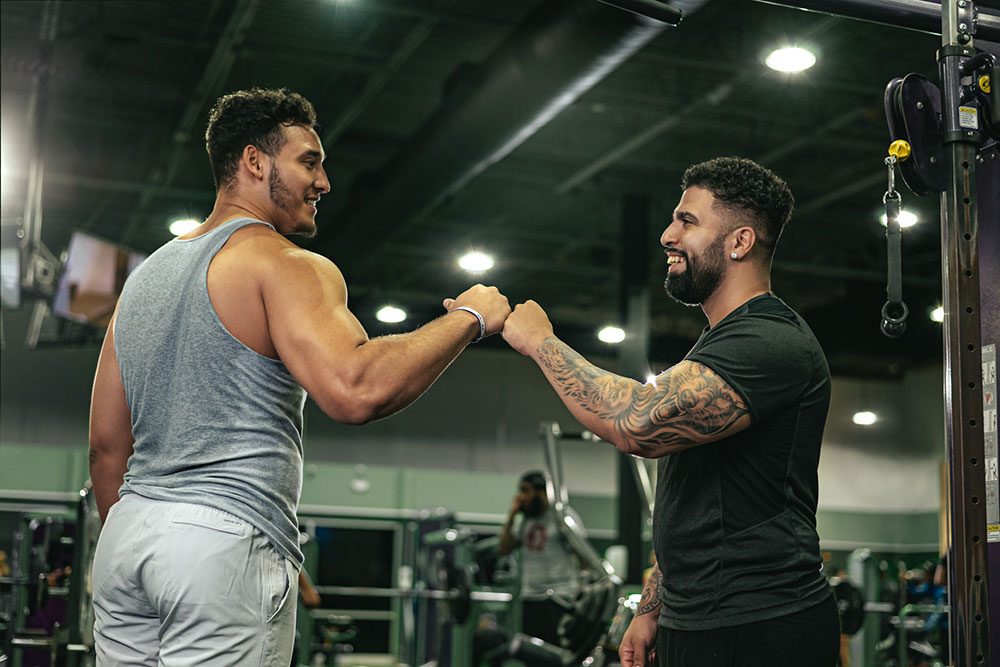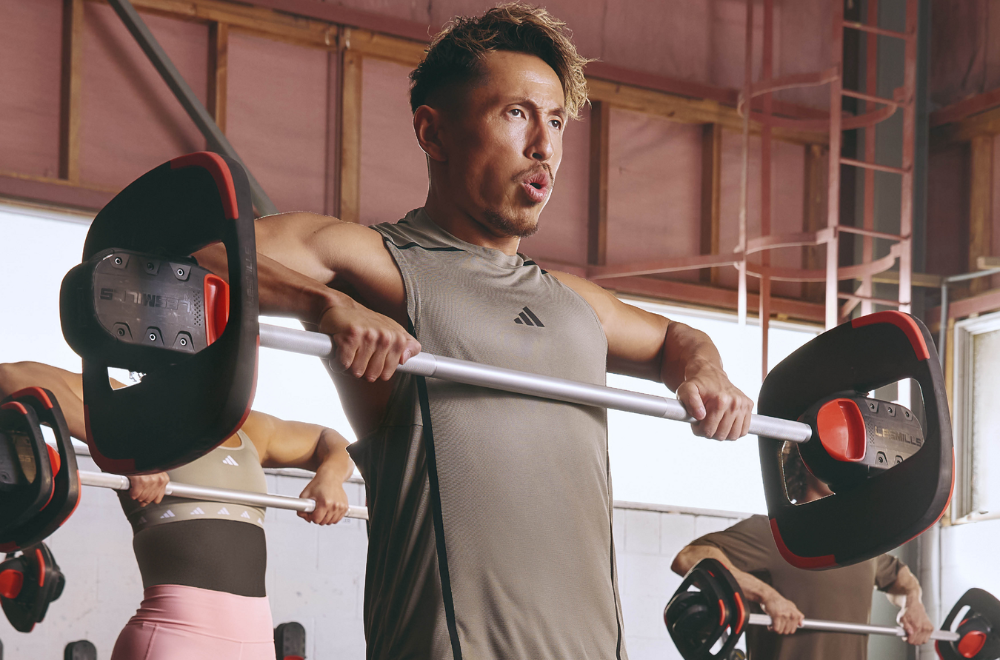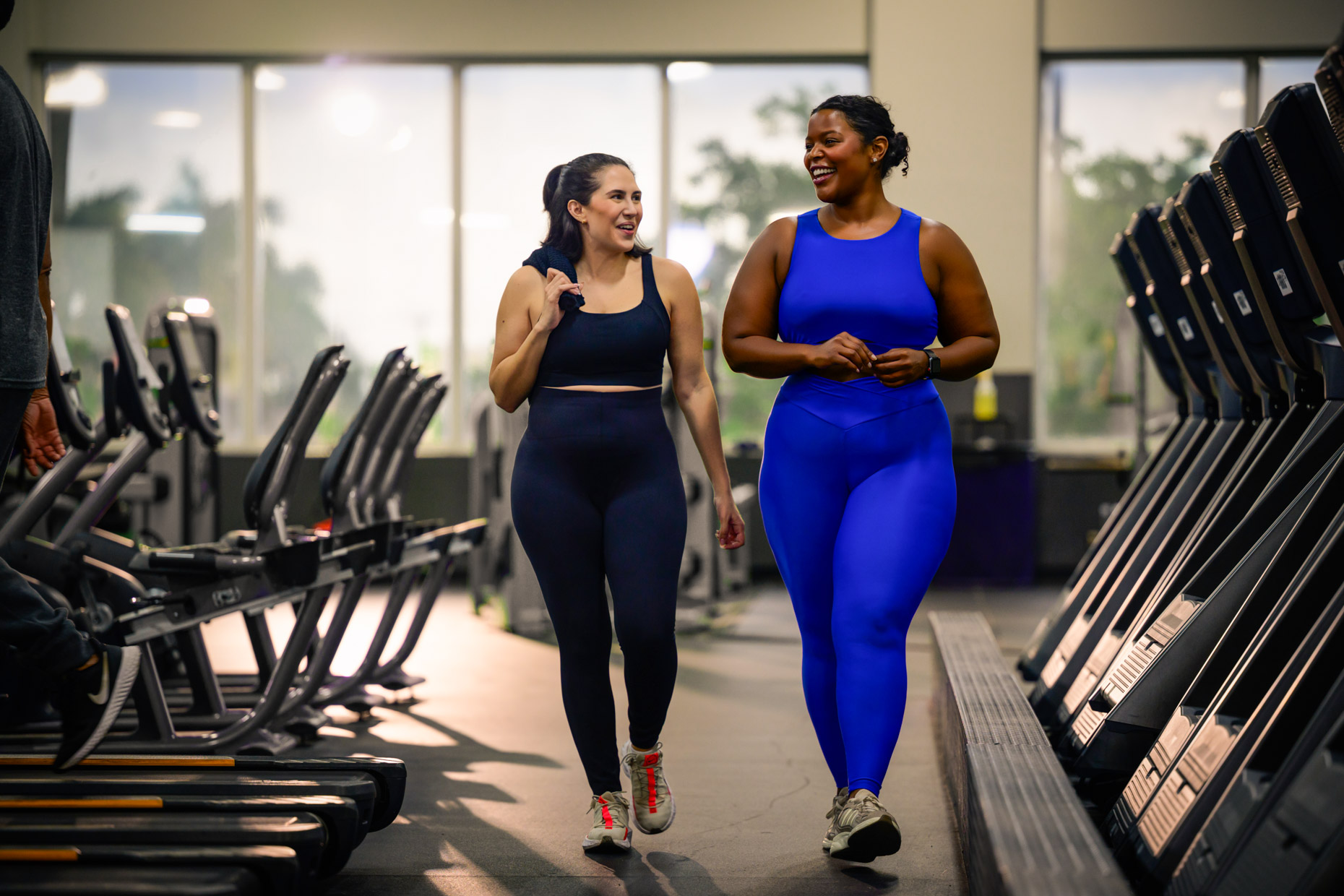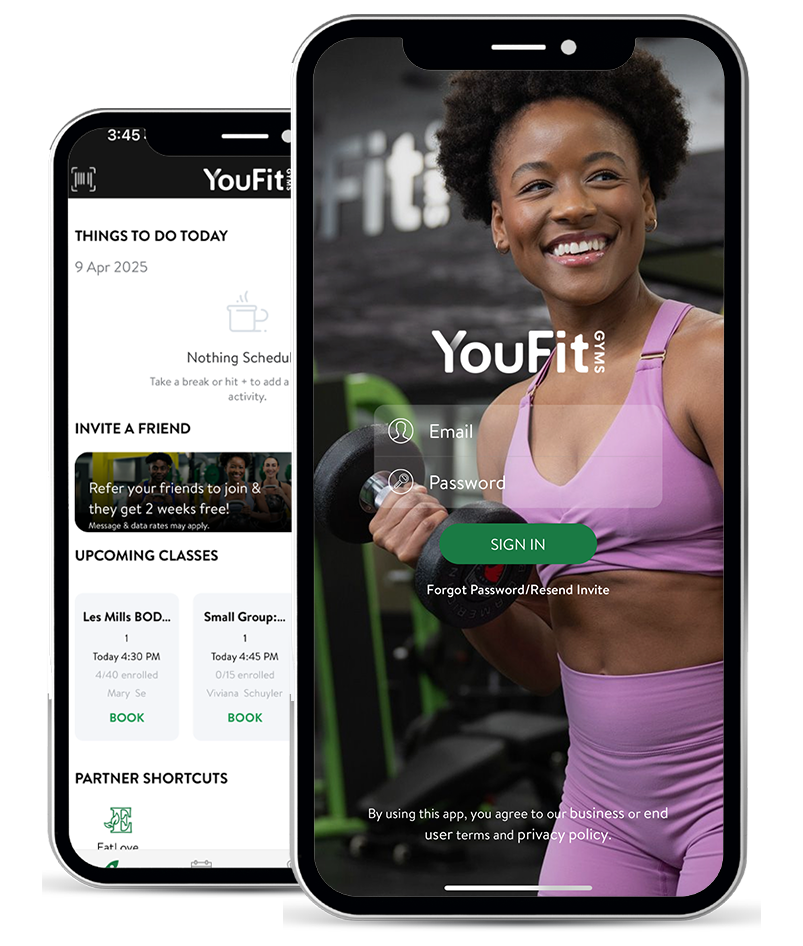Working with a personal trainer can be a game-changer for anyone looking to achieve their fitness goals. Choosing a qualified trainer can provide expert guidance, personalized workout plans, and the motivation and support needed to stay on track.
However, with so many trainers to choose from, it can be overwhelming to find the right fit. This guide will walk you through the key considerations and steps involved in choosing a trainer that aligns with your needs and goals.
The Benefits of Working with a Personal Trainer
Before you start your search, it’s important to understand the benefits of working with a personal trainer. A trainer can help you:
- Set realistic and achievable goals: A trainer can assess your current fitness level, discuss your goals, and create a customized plan to help you reach them safely and effectively.
- Learn proper form and technique: A trainer can teach you how to perform exercises correctly, reducing your risk of injury and maximizing your results.
- Stay motivated and accountable: A trainer can provide encouragement, support, and the occasional push you need to stay committed to your fitness journey.
- Break through plateaus: A trainer can help you overcome obstacles and continue making progress, even when you feel stuck.
- Customize your workouts: A trainer can tailor your workouts to your specific needs and preferences, ensuring that you enjoy your exercise routine and stay engaged.
Step 1: Certification and Qualifications
When evaluating potential trainers, look for certifications from reputable organizations, such as the National Academy of Sports Medicine (NASM), the American Council on Exercise (ACE), or the National Strength and Conditioning Association (NSCA). These certifications demonstrate that your trainer has undergone rigorous training and possesses the knowledge and skills to provide safe and effective fitness instruction.
Step 2: Evaluating a Personal Trainer
During your initial consultations choosing a trainer, ask about their experience, specialties, and approach to training. A good trainer will be able to clearly articulate their philosophy and explain how they can help you achieve your goals. They should also be willing to listen to your concerns and preferences and create a plan that aligns with your individual needs.
Key Questions to Ask when Choosing a Trainer:
- What are your certifications and qualifications?
- What is your experience working with clients similar to me?
- What is your approach to training and fitness?
- Can you provide references or testimonials from past clients?
- How do you track progress and measure results?
- What are your fees and payment options?
Red Flags to Watch Out For:
- Unrealistic Promises: Be wary of trainers who make unrealistic promises or guarantee quick results.
- High-Pressure Sales Tactics: A good trainer will not pressure you into signing up for a long-term contract or expensive package.
- Lack of Communication Skills: Your trainer should be able to communicate clearly and effectively, both in person and online.
- Disregard for Your Safety: Your trainer should prioritize your safety and well-being above all else.
Step 3: Trust and Connection
Finally, remember that the most important factor in choosing a trainer is finding someone you connect with and trust. You should feel comfortable communicating openly with your trainer and confident in their ability to guide you towards your fitness goals.
Additional Tips for Choosing a Trainer
- Consider Your Budget: Personal training can be an investment, so it’s important to find a trainer whose fees fit within your budget.
- Ask About Availability: Make sure your trainer’s schedule aligns with yours.
- Try a Trial Session: Many trainers offer trial sessions or consultations at a reduced rate. This is a great way to get a feel for their personality and training style before committing to a long-term relationship.
By following these steps and considering these factors, you can increase your chances of finding a personal trainer who is the perfect fit for you. With the right trainer by your side, you’ll be well on your way to achieving your fitness goals and living a healthier, happier life.










